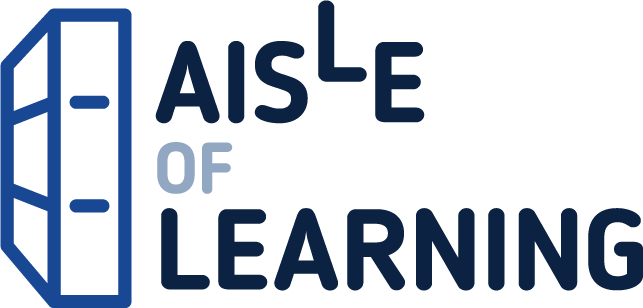Abstract Algebra: A Gentle Introduction advantages a trend in mathematics textbook publishing towards smaller, less expensive and brief introductions to primary courses. The authors move away from the ‘everything for everyone’ approach so common in textbooks. Instead, they provide the reader with coverage of numerous algebraic topics to cover the most important areas of abstract algebra. Through a careful selection of topics, supported by interesting applications, the authors Intend the book to be used for a one-semester course in abstract algebra. It is suitable for an introductory course in for mathematics majors. The text is also very suitable for education majors who need to have an introduction to the topic. As textbooks go through various editions and authors employ the suggestions of numerous well-intentioned reviewers, these book become larger and larger and subsequently more expensive. This book is meant to counter that process. Here students are given a “gentle introduction,” meant to provide enough for a course, yet also enough to encourage them toward future study of the topic. Features Groups before rings approach Interesting modern applications Appendix includes mathematical induction, the well-ordering principle, sets, functions, permutations, matrices, and complex nubers. Numerous exercises at the end of each section Chapter “Hint and Partial Solutions” offers built in solutions manual
Abstract Algebra (Textbooks in Mathematics)
$88.03
This textbook offers an introductory, one-semester course covering the most important areas of abstract algebra for mathematics and education majors.
Additional information
| Weight | 0.431 lbs |
|---|---|
| Dimensions | 15.2 × 1.7 × 22.9 in |
Abstract Algebra (Textbooks in Mathematics)
$59.99
This textbook provides a foundational education in abstract algebra, a key area of higher mathematics.
When a student of mathematics studies abstract algebra, he or she inevitably faces questions in the vein of, “What is abstract algebra” or “What makes it abstract?” Algebra, in its broadest sense, describes a way of thinking about classes of sets equipped with binary operations. In high school algebra, a student explores properties of operations (+, -, x, and /) on real numbers. Abstract algebra studies properties of operations without specifying what types of number or object we work with. Any theorem established in the abstract context holds not only for real numbers but for every possible algebraic structure that has operations with the stated properties. This textbook intends to serve as a first course in abstract algebra. The selection of topics serves both of the common trends in such a course: a balanced introduction to groups, rings, and fields; or a course that primarily emphasizes group theory. The writing style is student-centered, conscientiously motivating definitions and offering many illustrative examples. Various sections or sometimes just examples or exercises introduce applications to geometry, number theory, cryptography and many other areas. This book offers a unique feature in the lists of projects at the end of each section. the author does not view projects as just something extra or cute, but rather an opportunity for a student to work on and demonstrate their potential for open-ended investigation. The projects ideas come in two flavors: investigative or expository. The investigative projects briefly present a topic and posed open-ended questions that invite the student to explore the topic, asking and to trying to answer their own questions. Expository projects invite the student to explore a topic with algebraic content or pertain to a particular mathematician’s work through responsible research. The exercises challenge the student to prove new results using the theorems presented in the text. The student then becomes an active participant in the development of the field.
Additional information
| Weight | 0.454 lbs |
|---|---|
| Dimensions | 15.6 × 3.3 × 23.4 in |
Reviews
There are no reviews yet.












Reviews
There are no reviews yet.